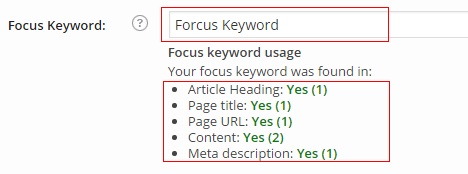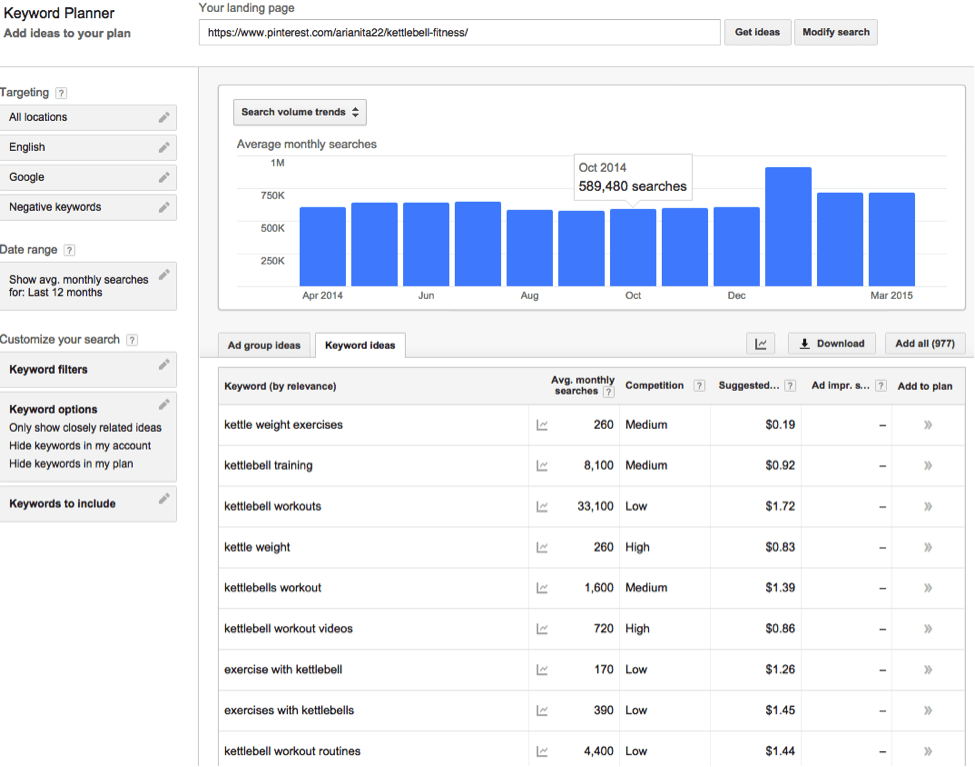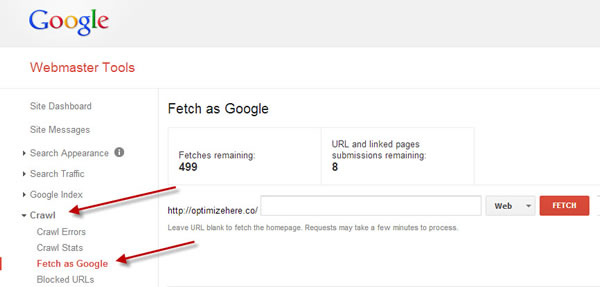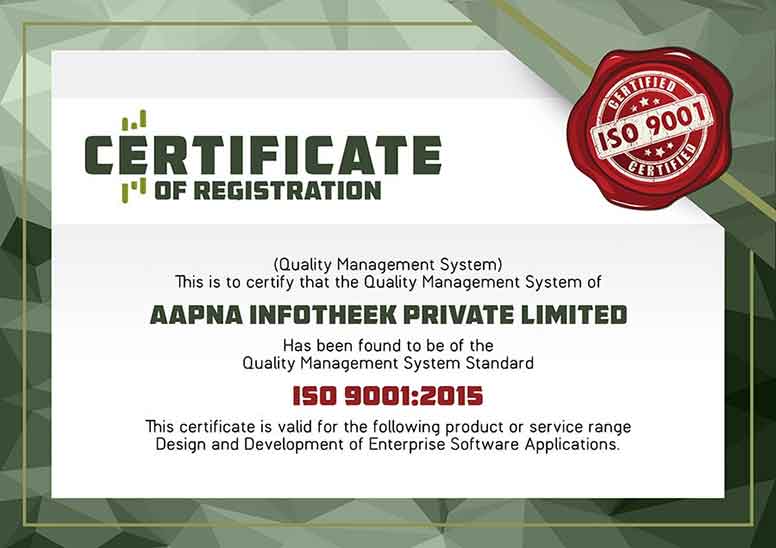One of the best ways to keep getting traffic for your articles is to make them search-engine friendly.
In this article, I will share some tips so that people can easily find your articles on Google.
You need to keep in mind that every blog-post is like a web page in terms of search-engine ranking and you can optimize each post with specific keywords that will automatically lead the crowd towards your content, if it is what they are searching for. Below, I have suggested 5 steps that can help search-engines like Google, to find and prioritise your blogs and articles.
Choose your topic wisely!
Choose a topic which is interesting as well as unique and can be of genuine use to your target audience. One requires a knack to incorporate the gist of the article by using the correct choice of words in the ‘topic’. It will not only increase the readership of your article but also your page’s bounce rate. The key is to make it as interesting as possible. Once your reader likes your article, he/she will be a regular visitor to your page and is likely to drop an interactive comment or two, which is always welcome, isn’t it?
Focus Keyword
Choose a focus keyword by using the Google Adwords Keyword Planner Tool or any other tool of your choice. I personally use the Google Adwords Keyword Planner Tool. Since most people use Google as their preferred search engine, so why not make use of its very own custom made tool? Identifying the ‘focus keyword’ that people are likely to use in their search, and using which you’d like to be found, is a crucial step in search engine optimization. You should be able to recognize the precise keywords best-fitted to the content of your page and capable of providing useful information to your target audience.
Ex: – Suppose you have a repair shop for cars. So “Car repair shop” , “Auto repair shop” are good examples of long tail keywords rather than using “car” , “repair”, “shop” individually as different keywords.
Tips on choosing the right focus keyword
- It is wise to have a ‘long tail keyword’ (a keyword which will have 2-3 words in it), as people usually search for information by typing 2-3 words in the Google search-box rather than typing a single word.
- Avoid using high-volume keywords at first. These are search terms which many people are querying and therefore have a large search volume. Remember, you need a ladder to climb up a tree and reach the top. Medium-volume keywords will act as the ladder steps.
Now, write your article!
- The article should be unique, interesting and error free. It should be of genuine use to the customer.
- Use Bold and Italic style to highlight your focus keyword in the main section of your article. It acts as reference points to the users and reflects good writing skills.
- The focus keyword density in your article should be roughly 1-3%.
- Using your focus keyword in h1 tags, h2 tags, h3 tags and h4 tags:-
- Generally your Article title will take h1 tag by default. The h1 tag should contain your title focusing on the targeted keywords, ones that are relevant to your content. This is important and you shouldn’t just throw in whatever content you want, as this is how your reader will see the post.
- h2 tag should come during the article’s introduction as the main subheading and should have similar keywords to your h1 tag.
- Use the h3 and h4 tags as further sub-headings for your h2.
- Meta Title, Meta Description and URL.
- Make the ‘Meta Title’ short, catchy and crisp, to grab the attention of your readers. Inclusion of focus keyword is a must here as this is what the search-engines will show up in the search result.
- The ‘Meta Description’ is a one sentence description of your article. Include your focus keyword here too in order to maximize the chances of getting your article viewed in the Google search results.
- The ‘URL’ should also include the focus keyword.
- Use your focus keyword in the “alt” and “title attributes” of the images you place in the article. This will help your images get noticed when one searches using your keyword.
Now that you are ready with your article which is SEO optimized, you need to promote it appropriately, to help Google find it quickly when the search term matching your article’s focus keyword is triggered.
Promoting your article
1. Go to the Google ‘Webmasters Tools’ page and add your newly created link to the Next, fetch the sitemap as Google. See instructions below.
2. Submit your link to the search-engines of your choice. For example, Google and Bing. Here are the links to the Google and Bing webmasters page.
3. Submit your link to various Bookmarking Sites and Blog Submission Sites.
4. Create a summary for your article and share it on various web-forums linking back to your main article
5. Create a powerpoint presentation for your article and share it on slideshare.com and create a back-link to your article.
6. Slightly tweak your summary from the existing one and post the same in a blogger and create a back-link to your article. Tweaking your summary will ensure that you do not post any duplicate content online.
7. Share your article on various social media platforms such as Facebook, Twitter, G+ and many more.
Your handy SEO Checklist
üYour article must be unique, interesting and of genuine use to your readers.
üYour focus keyword must appear in the first paragraph of the copy.
üMaintain your focus keyword density to an optimum level of 1-3%, while keeping it from getting overcrowded.
üThe images on the article should have ‘alt’ tags containing your focus keyword.
üThe copy should score fairly high in the Flesch Reading Ease test. Try keeping your sentences short, using less difficult words to improve the readership of your content.
Note:- A Flesch Reading Ease test is a readability test which is designed to scale the difficulty of reading a passage/article in English and to assess how easily search-engines and visitors can understand it.
*Typically this is the score that you should maintain.
You can check your score (Flesch Reading Ease test) by using the following links:-
üThe Meta Description should not exceed 155 characters and must include the focus keyword.
üThe article must consist of at least 600 words.
üThe focus keyword should appear in the URL.
üThe Meta Title should contain the focus keyword and preferably towards the beginning of your article. Keep the Meta Title anywhere in the range of 40-60 characters.
üYour page should have outbound links as well as inbound links. Links must refer to the relevant pages. This will create a central hub linking to your main topic.
üThe focus keyword should appear in the sub-headings in the copy. While this not a major ranking factor, it is still advisable.
üAvoid using the same focus keyword that you have used before.










